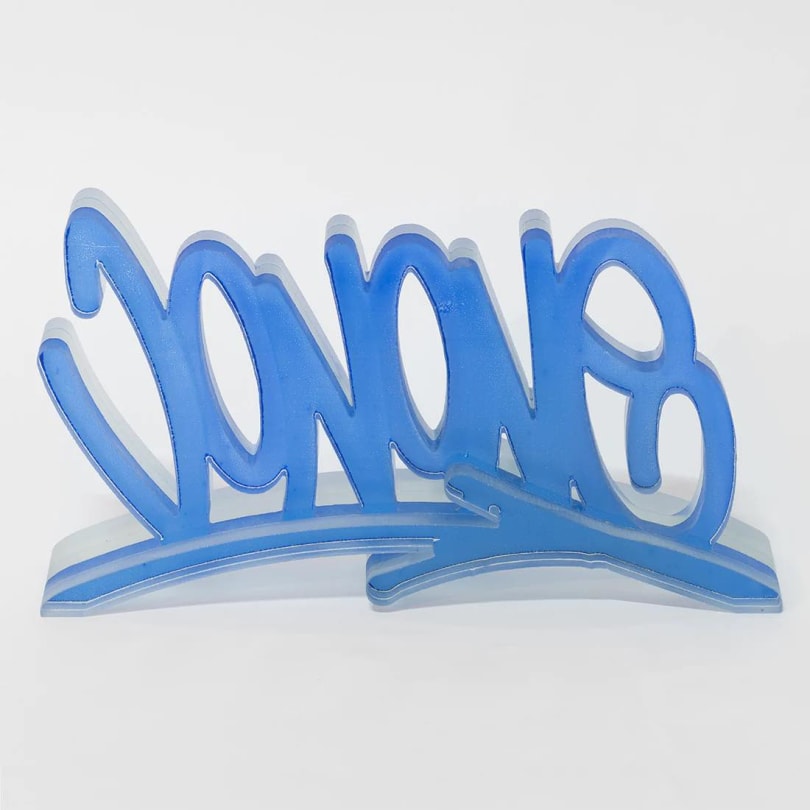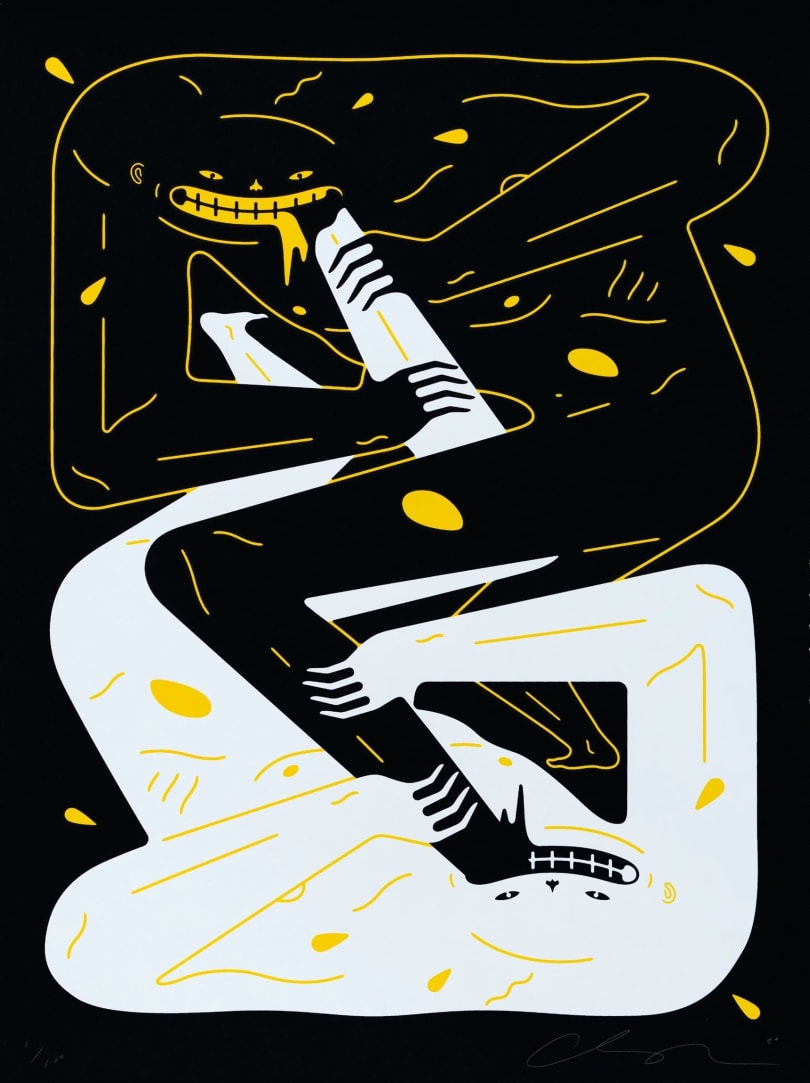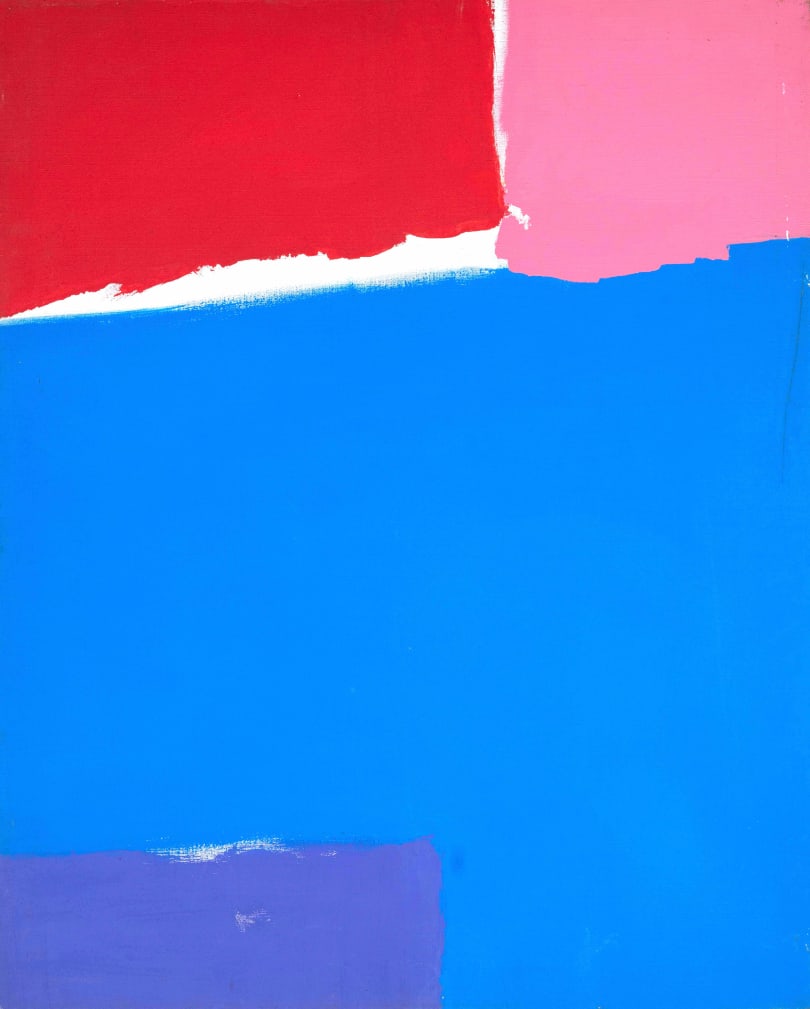
Composition
Category
PrintTechnique
Color lithographPeriod
End of the 20th centuryDimensions
118 cm x 160 cmMake an offer of
Artwork information
Category
PrintTechnique
Color lithographPeriod
End of the 20th centuryDimensions
118 cm x 160 cmSignature
Signed lower rightState of conservation
Very goodFraming
YesLocation
Paris, FranceDescription
Beautiful lithograph by Olivier Debré. Only 40 proofs were produced for this lithograph. This is a studio proof, marked "EA" in the lower left-hand corner. It is signed by the artist in the lower right-hand corner.
It measures 118 x 160 cm (unframed). It is sold in a light wood frame.
Provenance
French private collection. Acquired by the current owner at the Galerie Placier in Paris.
The artist

Bio
Olivier Debré was born on April 15, 1920 in Paris and is one of the leaders of Lyrical Abstraction. After obtaining his baccalaureate at the Lycée Montaigne, Olivier Debré enrolled in 1937 at the École des Beaux-Arts in Paris, and more precisely in the studio of his uncle Jacques Debat-Ponsan. At the same time, he studied history at the Sorbonne and obtained his degree in 1942. He also attended the studio of a certain Le Corbusier.
Olivier Debré experienced a real artistic shock in June 1927 at the Spanish pavilion of the International Exhibition in Paris, where the now iconic Guernica by Pablo Picasso was on display.
Georges Aubry was the first to exhibit Olivier Debré's work at his gallery on rue de Seine in Paris, where Dunoyer de Segonzac and Pablo Picasso discovered his work. Picasso then invited the young Olivier Debré to his studio at 7 rue des Grands-Augustins during the winter of 1942-1943.
Between 1940 and 1943, he joined his brother and his father in the maquis resistance while the war was raging. In 1944, he married Denise Coulon with whom he had two children.
In 1949, he presented his first exhibition at the Bing Gallery in Paris. That same year, he was invited for the first time to the Salon d'Automne, to which he remained faithful. It was during this period of his life that he met artists such as Pierre Soulages, Michel Atlan, Hans Hartung, Serge Poliakoff, Gérard Schneider, Maria Helena Vieira da Silva and that he made his first "signes-personnages".
In 1950, he exhibited at the Perspective Gallery in New York and at the Salon de Mai. In 1951, La Hune presented his engravings for the first time, especially etchings. In 1952, he exhibited at the Salon d'Octobre alongside Jean Degottex, Pierre Dmitrienko, Jacques Doucet, Zao Wou-Ki, Jean Messagier, Charles Lapicque, Jacques Germain, Francis Bott, Claude Bellegarde and Geneviève Asse.
The year 1953 was a key, even pivotal year in the work of Olivier Debré, who abandoned his "signes-personnages" for "signes-paysages" which, according to Pierre Cabanne, were "a meeting place for his sensations directly felt in nature and a thought that was tending towards full and exact knowledge". Debré's art is often described as "fervent abstract painting".
In 1956 he had his first solo exhibition in Paris and in 1959 he exhibited in Washington, D.C., where he met Franz Kline and Mark Rothko.
From the 1960s onwards, Olivier Debré returned to the landscape and his painting became more fluid, with a different treatment of the material.
Olivier Debré received a number of public commissions from all over the world and became internationally recognized for his painting, but he also distinguished himself in another field, that of the creation of stage sets. For example, he was commissioned to create the stage curtain for the Hong Kong Opera at the request of the Louis Vuitton Foundation, the stage curtain for the Théâtre des Abbesses in Paris, for the Comédie-Française, and the curtain for the new Shanghai Opera. His consecration was definitively confirmed by the inauguration of the Olivier Debré room at the Musée des Beaux-Arts in Tours in 1992. In 1995, a retrospective of his work was organized at the Jeu de Paume in Paris.
Olivier Debré died on June 1, 1999, leaving behind him a major artistic production. He was laid to rest in the Nazelles cemetery near Tours. His artistic production places him alongside the greatest French abstract artists of his time, such as Pierre Soulages, Hans Hartung and Nicolas de Staël.
"A painting, as far as it is from what is called the representation of the world, remains an image of it... All things that participate in the world, including my emotion. The painters who believe themselves to be pure lyricists describe the landscape of their emotion... The important thing is the intensity of the feeling and not the subject, even if it is the description of the emotion itself." Olivier Debré







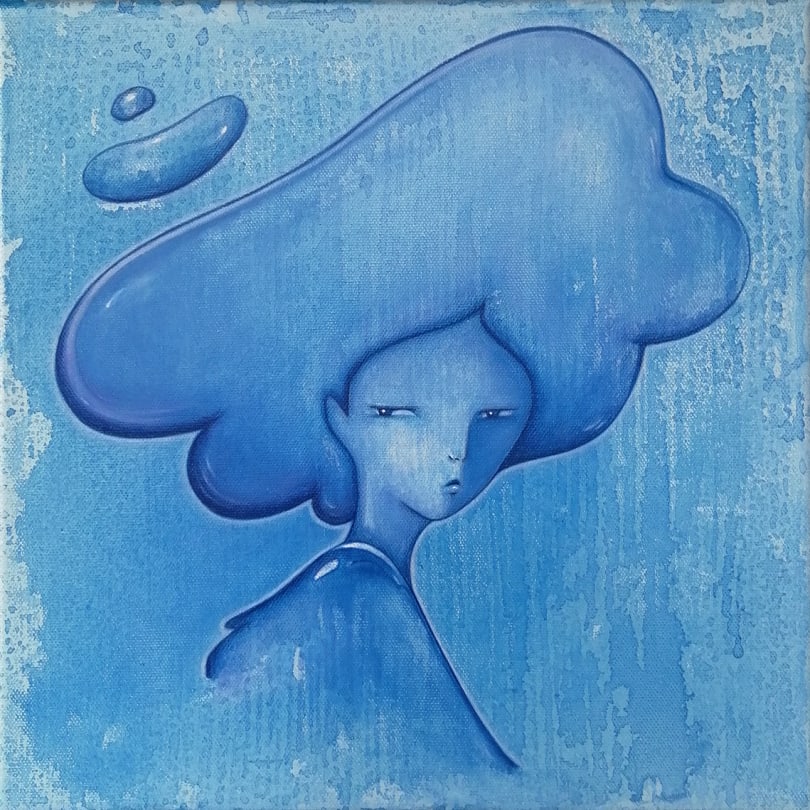



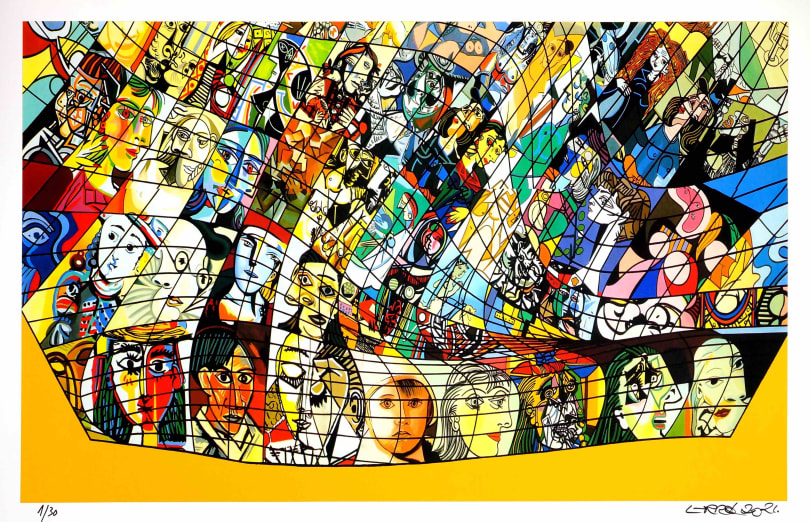
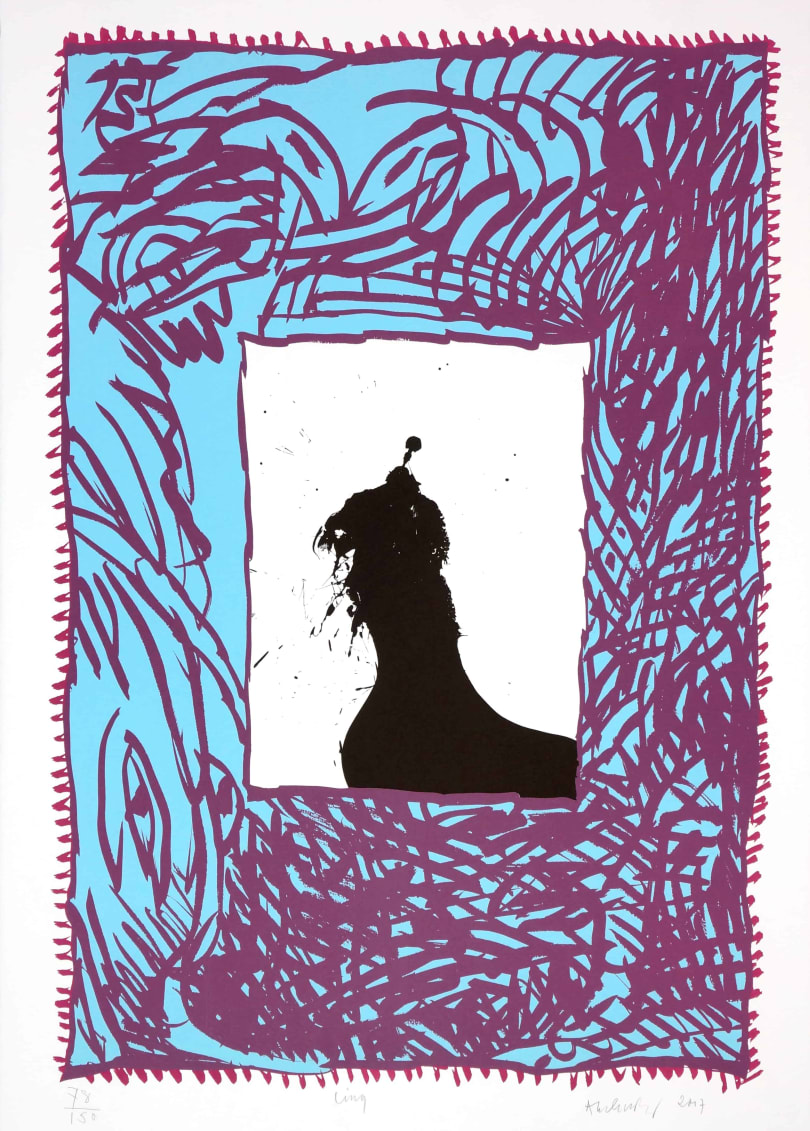







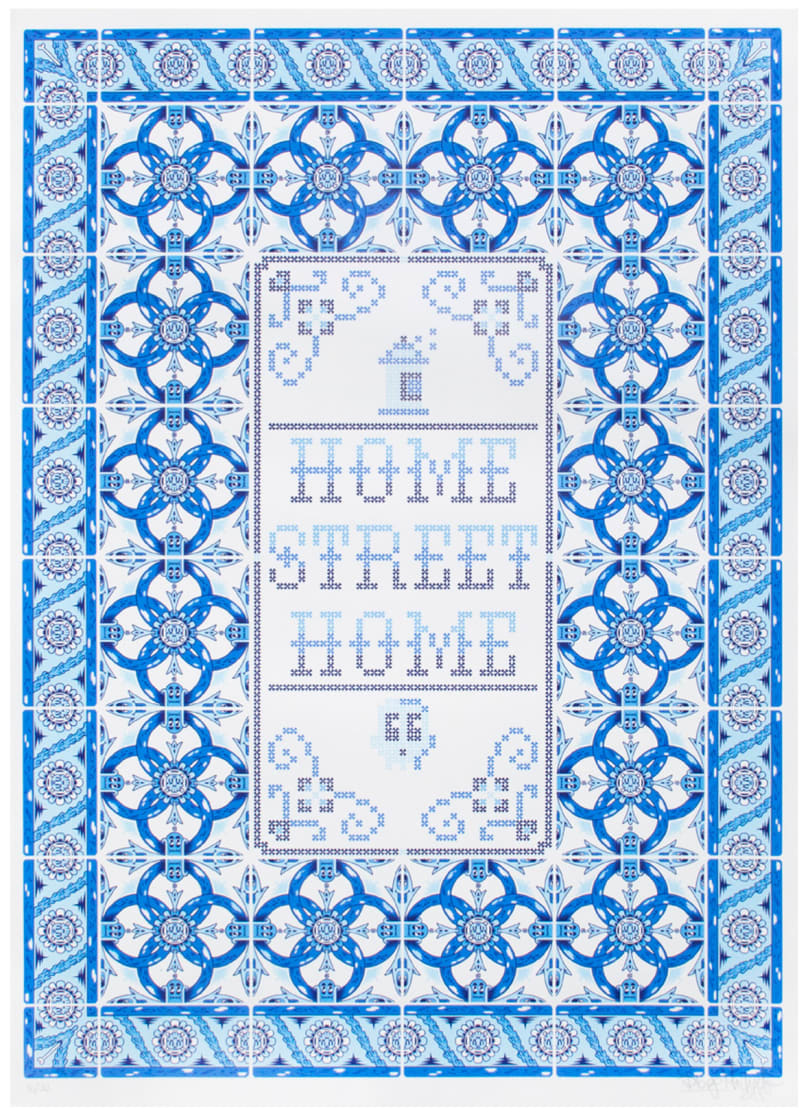


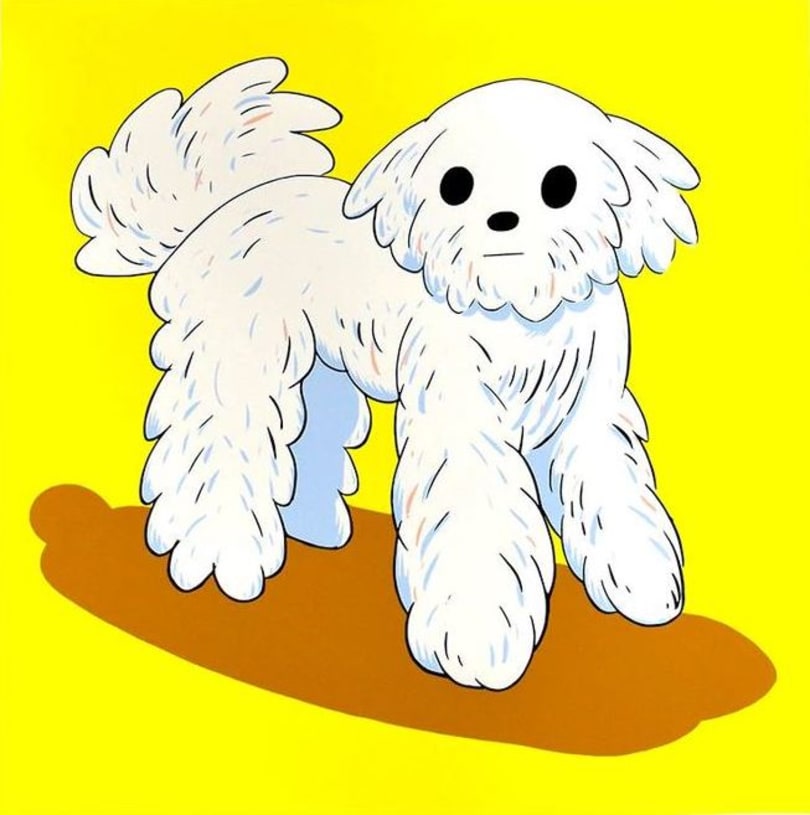
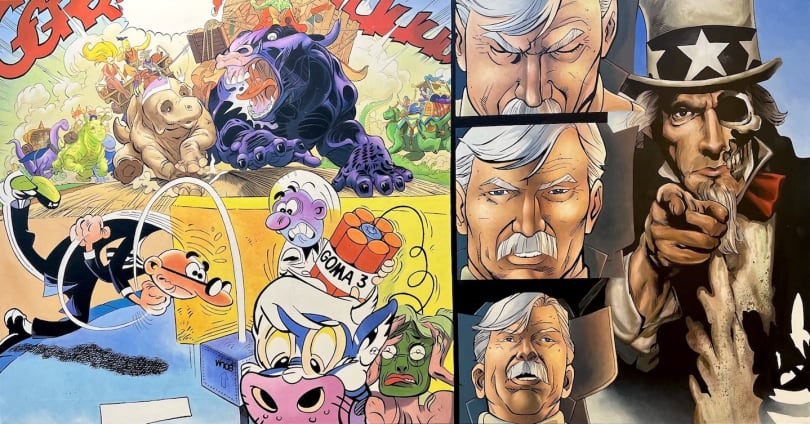


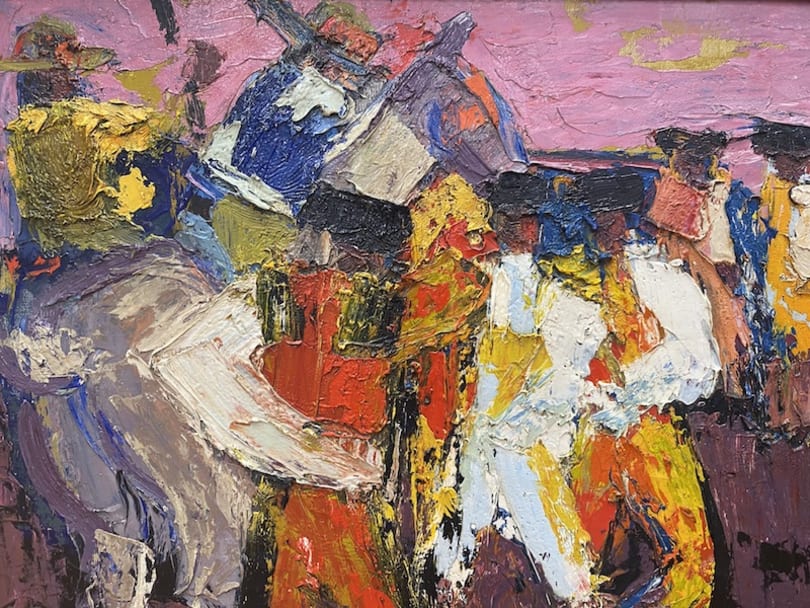
.jpg)


.jpg)


